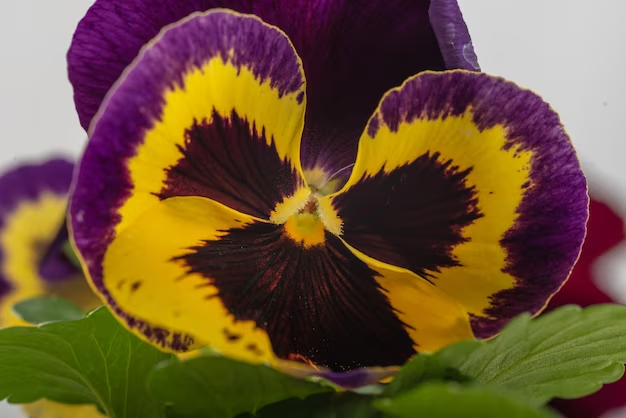Pansies are popular flowers that thrive in cool weather. They are loved for their bright colors and unique patterns. These cheerful blooms are perfect for American gardens, bringing joy in spring and fall when temperatures are mild. In this article, we’ll explore why pansies are such a great choice for your garden, how to care for them, and tips for planting. Let’s dive in!
What Are Pansies?
Pansies are flowering plants known for their vibrant colors. They come in many shades, including purple, yellow, blue, and white. Their petals often have different colors and markings, making them look like little faces. These flowers belong to the Viola family and are usually grown as annuals, meaning they complete their life cycle in one season.
Why Choose Pansies?
Pansies are a favorite for many reasons:
- Color Variety: They offer a wide range of colors and patterns, which can brighten up any garden.
- Cold Tolerance: Pansies can survive frost and colder temperatures, making them perfect for spring and fall gardens.
- Long Bloom Time: With proper care, they can bloom for several months, providing continuous color.
- Easy to Grow: Pansies are generally easy to plant and maintain, making them great for beginner gardeners.
When to Plant Pansies
The best time to plant pansies depends on your location:
- Spring Planting: In many areas, pansies can be planted in early spring as soon as the soil is workable. This allows them to bloom before the summer heat arrives.
- Fall Planting: In warmer regions, you can plant pansies in the fall to enjoy their blooms through the winter.
How to Plant Pansies
- Choose the Right Spot: Pansies thrive in full sun to partial shade. Pick a location with well-drained soil.
- Prepare the Soil: Before planting, mix compost into the soil to provide nutrients. Pansies prefer slightly acidic to neutral soil (pH 6.0 to 7.0).
- Planting: Dig holes about 6 to 8 inches apart. Place each pansy plant in its hole and cover the roots with soil. Gently press down to eliminate air pockets.
- Watering: Water the plants right after planting. Keep the soil moist but not soggy.
Caring for Pansies
To keep your pansies healthy and blooming, follow these care tips:
- Watering: Water regularly, especially during dry spells. Aim for about 1 inch of water per week.
- Fertilizing: Use a balanced fertilizer every 4-6 weeks to promote growth and blooms.
- Deadheading: Remove spent flowers to encourage new blooms and keep the plant looking neat.
- Mulching: Add a layer of mulch around the plants to help retain moisture and suppress weeds.
Common Pansy Problems
While pansies are generally hardy, they can face a few challenges:
- Pests: Watch out for aphids and slugs, which can damage leaves. Use insecticidal soap or natural predators to manage them.
- Disease: Pansies can suffer from fungal diseases if the air circulation is poor. Make sure to space plants adequately and water at the base to keep leaves dry.
Creative Ways to Use Pansies in Your Garden
Pansies are versatile and can be used in many creative ways:
- Garden Borders: Plant pansies along the edges of flower beds for a colorful border.
- Container Gardening: Pansies thrive in pots and can add a splash of color to patios or balconies.
- Mix with Other Flowers: Combine pansies with other cool-weather flowers like violas, snapdragons, and kale for a stunning display.
Conclusion
Pansies are a fantastic choice for gardeners looking to add color during the cooler months. Their vibrant hues and hardiness make them easy to care for and a joy to grow. Whether you plant them in garden beds or containers, pansies will brighten your space and lift your spirits. With the right care, you can enjoy these cheerful flowers for months on end.
